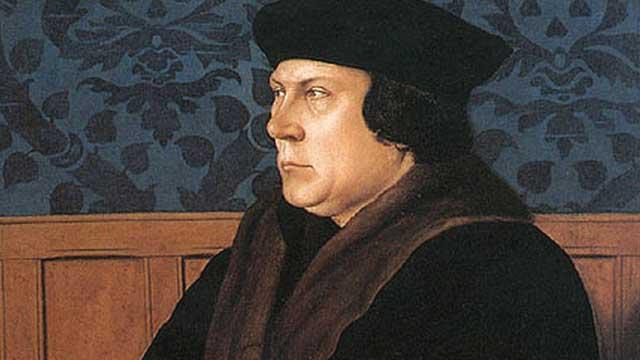July 1553 was a month of three monarchs - Edward VI, Queen Jane and Mary I - but how did this come about? In today's Claire chats, I look at what led to the events of July 1553 and particularly the actions that Mary took to stage her successful coup d'etat.
See also my Claire chats video "Queen Jane or Lady Jane Grey?".
By the way, I didn't mention what happened to John Dudley, Duke of Northumberland, who had marched off to try and apprehend Mary. Well, most of his troops deserted and he ended up surrendering at Cambridge and being arrested on 21st July. He and his sons were taken to the Tower of London and imprisoned there. He was found guilty of treason on 18th August 1553 and condemned to die. He was beheaded on Tower Hill on 22nd August 1553 and his remains buried in the Chapel of St Peter ad Vincula at the Tower. Northumberland's son, Guildford, husband of Lady Jane Grey, was executed on 12th February 1554, the same day as Jane, but Guildford's brothers escaped death.
Sources and Further Reading
- Article "21 June 1553 – Lady Jane Grey is heir to the throne"
- Article "6 July 1553 - The king is dead! Long live the queen!"
- Article - "8 July 1553 - Mary I declares herself queen"
- Mary's letter to the privy council - www.elizabethfiles.com/9th-july-1553-mary-writes-to-the-privy-council-and-lady-jane-grey-is-informed-that-she-is-queen/5883/
- Article "6 July 1553 - The death of Edward VI"
- Nasim's excellent blog http://mary-tudor.blogspot.com and particularly the articles from July 2010 - http://mary-tudor.blogspot.com/2010/07/
- "The Vita Mariae Angliae Reginae of Robert Wingfield of Brantham", edited and translated by Diarmaid Macculloch, Camden miscellany, XXVIII, CS, 4th ser., 29, July 1984, pp. 181–301. In his Oxford Dictionary of National Biography article on Robert Wingfield, Diarmaid MacCulloch writes: "For he was given his one chance to shine on the national stage when he entertained Mary at his Ipswich home, from 24 to 26 July 1553. Having seized the throne from the rival queen, Lady Jane Grey, Mary was travelling in triumph from Framlingham Castle to London, and the Wingfield mansion, impressively grouped around a courtyard entered by a gatehouse with gardens beyond, was among the most obvious places for her accommodation in Ipswich. On 1 November 1553 Wingfield received a life annuity of £20 in consideration of his service during Mary's coup. Small wonder that he chose to commemorate his moment of glory with a detailed narrative of these events, the Vita Mariae Angliae reginae." (MacCulloch, Diarmaid. “Wingfield, Robert (c.1513–c.1561).” Diarmaid MacCulloch In Oxford Dictionary of National Biography, online ed., edited by David Cannadine. Oxford: OUP, May 2005. Online ed., edited by David Cannadine, September 2010.)
- Edwards, John (2011) Mary I: England's Catholic Queen, Yale University Press.
- Skidmore, Chris (2008) Edward VI: The Lost King of England, W&N.
- Calendar of State Papers, Spain, Volume 11:1553, February to April dispatches of Jehan Scheyfve. You can read these online at http://www.british-history.ac.uk/cal-state-papers/spain/vol11



Leave a Reply